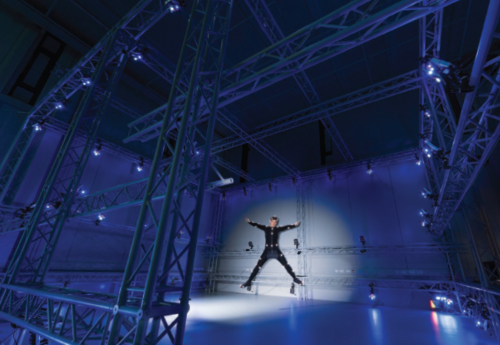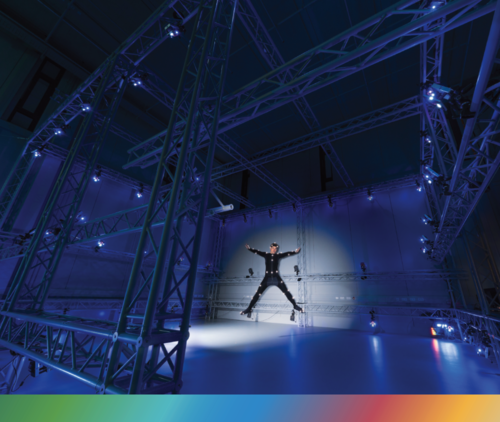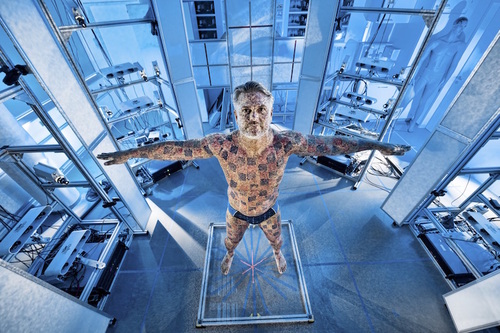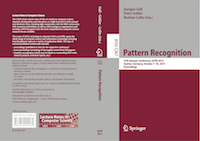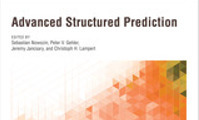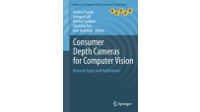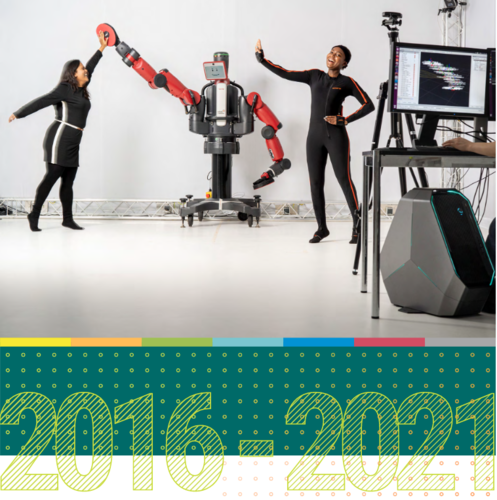7 results
(View BibTeX file of all listed publications)
Scientific Report 2016 - 2018
2019 (mpi_year_book)
This report presents research done at the Max Planck Institute for Intelligent Systems from
January 2016 to December 2018. It is our third report since the founding of the institute in 2011.
This status report is organized as follows: we begin with an overview of the institute, including
its organizational structure (Chapter 1). The central part of the scientific report consists of chapters
on the research conducted by the institute’s departments (Chapters 2 to 5) and its independent
research groups (Chapters 6 to 18), as well as the work of the institute’s central scientific facilities
(Chapter 19). For entities founded after January 2016, the respective report sections cover work
done from the date of the establishment of the department, group, or facility.
2015
Proceedings of the 37th German Conference on Pattern Recognition
Gall, J., Gehler, P., Leibe, B.
Springer, German Conference on Pattern Recognition, October 2015 (proceedings)
2014
Advanced Structured Prediction
Nowozin, S., Gehler, P. V., Jancsary, J., Lampert, C. H.
Advanced Structured Prediction, pages: 432, Neural Information Processing Series, MIT Press, November 2014 (book)
The goal of structured prediction is to build machine learning models that predict relational information that itself has structure, such as being composed of multiple interrelated parts. These models, which reflect prior knowledge, task-specific relations, and constraints, are used in fields including computer vision, speech recognition, natural language processing, and computational biology. They can carry out such tasks as predicting a natural language sentence, or segmenting an image into meaningful components.
These models are expressive and powerful, but exact computation is often intractable. A broad research effort in recent years has aimed at designing structured prediction models and approximate inference and learning procedures that are computationally efficient. This volume offers an overview of this recent research in order to make the work accessible to a broader research community. The chapters, by leading researchers in the field, cover a range of topics, including research trends, the linear programming relaxation approach, innovations in probabilistic modeling, recent theoretical progress, and resource-aware learning.
2012
Consumer Depth Cameras for Computer Vision - Research Topics and Applications
Fossati, A., Gall, J., Grabner, H., Ren, X., Konolige, K.
Advances in Computer Vision and Pattern Recognition, Springer, 2012 (book)
Scientific Report 2016 - 2021
(mpi_year_book)
This report presents research done at the Max Planck Institute for Intelligent Systems from January2016 to November 2021. It is our fourth report since the founding of the institute in 2011. Dueto the fact that the upcoming evaluation is an extended one, the report covers a longer reportingperiod.This scientific report is organized as follows: we begin with an overview of the institute, includingan outline of its structure, an introduction of our latest research departments, and a presentationof our main collaborative initiatives and activities (Chapter1). The central part of the scientificreport consists of chapters on the research conducted by the institute’s departments (Chapters2to6) and its independent research groups (Chapters7 to24), as well as the work of the institute’scentral scientific facilities (Chapter25). For entities founded after January 2016, the respectivereport sections cover work done from the date of the establishment of the department, group, orfacility. These chapters are followed by a summary of selected outreach activities and scientificevents hosted by the institute (Chapter26). The scientific publications of the featured departmentsand research groups published during the 6-year review period complete this scientific report.

